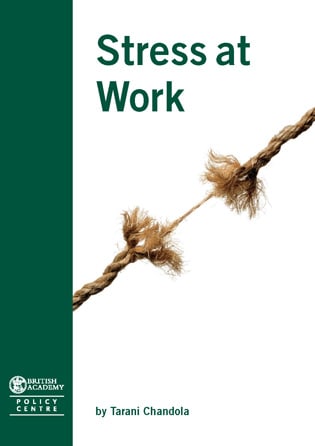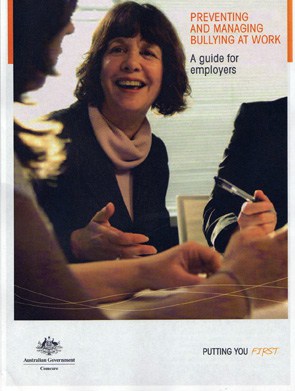Queensland’s Education and Industrial Relations Minister, Cameron Dick, has always been a strong critic of school bullying but now he has focussed on workplace bullying.
According to Minister Dick’s media release on 10 July 2011 the government is setting up a special reference group to examine workplace bullying. A spokesperson for the minister told SafetyAtWorkBlog that the membership of the reference group is unlikely to be finalised.
The Minister is quoted as saying.
“Queensland currently has existing laws to address workplace bullying and protect workers from harassment and the time is right to review these laws….I am establishing a workplace bullying reference group to look into the incidence of bullying and strategies to prevent bullying in Queensland workplaces.
The reference group will consist of senior worker and employer representatives, as well as legal and academic experts. Continue reading “New workplace bullying reference group established”



